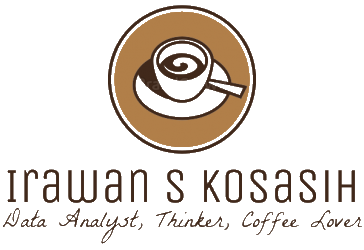Enterprise Resource Planning (ERP) systems have become increasingly popular in asset management as they provide a comprehensive solution for managing assets, resources, and processes in an organization. However, the success of an ERP system in asset management largely depends on how well it is integrated with other systems and processes within the organization. In this article, we will delve into the importance of ERP integration in asset management and explore the key factors to consider when analyzing ERP integration.
The Importance of ERP Integration in Asset Management
ERP integration plays a crucial role in asset management by streamlining processes, improving data accuracy, and enhancing decision-making capabilities. When ERP systems are integrated with other systems such as maintenance management systems, inventory systems, and financial systems, organizations can achieve a holistic view of their assets and resources. This integration enables real-time data sharing, better visibility into asset performance, and improved operational efficiency.
Furthermore, ERP integration eliminates the need for manual data entry and reduces the risk of errors that can occur when data is transferred between systems. By automating processes and integrating data across various functions, organizations can optimize asset utilization, reduce maintenance costs, and ensure compliance with regulatory requirements. Overall, ERP integration in asset management leads to improved asset performance, increased productivity, and better alignment between asset management and organizational goals.
Factors to Consider when Analyzing ERP Integration
When analyzing ERP integration for asset management, organizations need to consider several key factors to ensure successful implementation and maximize the benefits of their ERP systems. One important factor is the compatibility of the ERP system with existing systems and processes. Organizations should assess whether the ERP system can seamlessly integrate with other systems and whether any customization or additional integration tools are required.
Another factor to consider is data migration and cleansing. Organizations need to ensure that data from existing systems is accurately transferred to the ERP system and that data quality is maintained throughout the integration process. Additionally, organizations should evaluate the scalability and flexibility of the ERP system to accommodate future growth and changes in asset management requirements. By carefully considering these factors, organizations can effectively analyze ERP integration for asset management and make informed decisions to drive operational excellence.
In conclusion, ERP integration is a critical component of asset management that can unlock significant value for organizations. By integrating ERP systems with other systems and processes, organizations can streamline operations, improve decision-making, and optimize asset performance. However, successful ERP integration requires careful analysis of key factors such as system compatibility, data migration, and scalability. By addressing these factors and making informed decisions, organizations can harness the full potential of ERP systems in asset management and drive sustainable growth and success.


